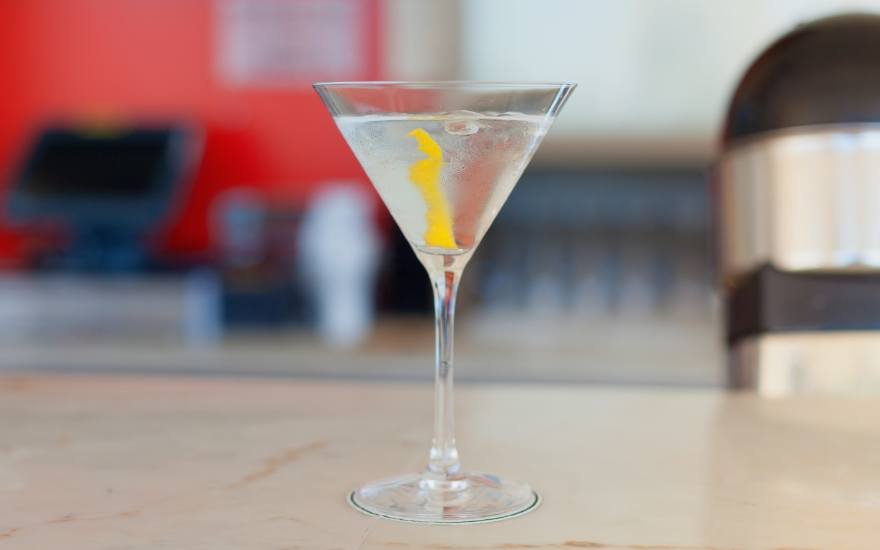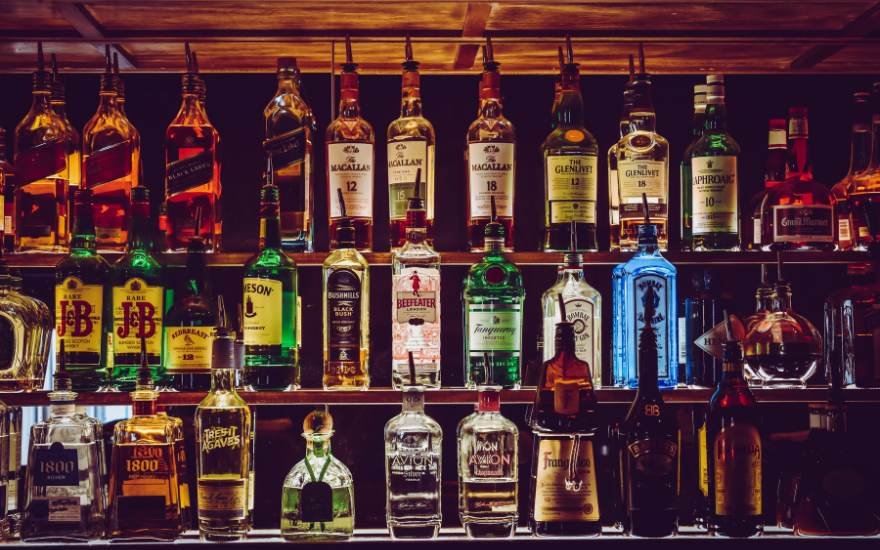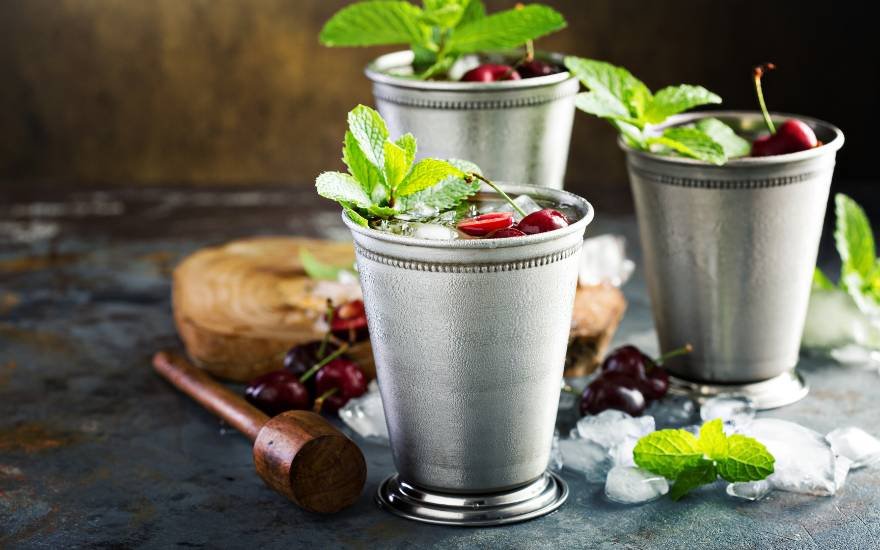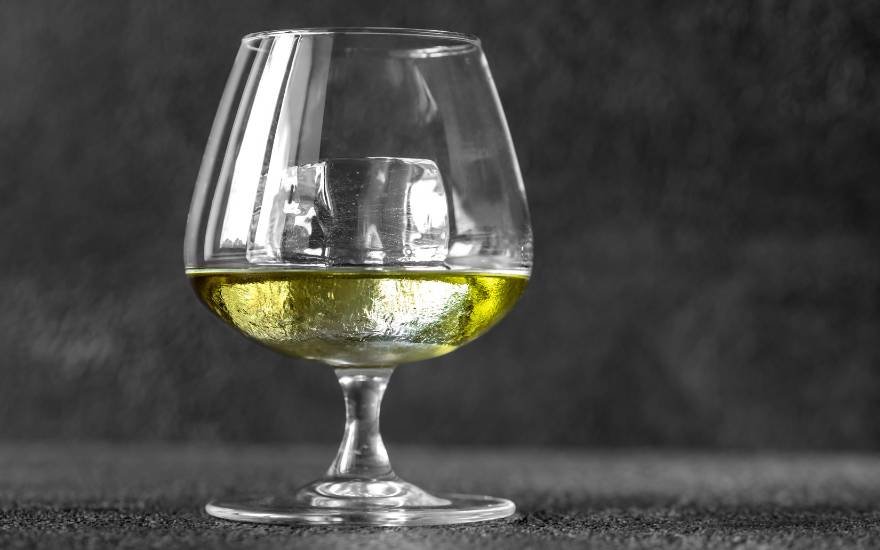It seems like there are more gins than ever before, but you absolutely don’t need to break the bank to taste the best.
More so than any other drink, gin bottles draw us in with their beautiful designs and enchanting botanical breakdowns. From classy London Dry classics to exciting new flavours, it’s a daunting proposition picking out a new gin. Of course, many of the more expensive gins absolutely justify their price, but a great deal don’t, and when times are hard, this is frustrating.
For under £25, these gins deliver the quality of many, many bottles double the price. Some are household names that have stood the test of time, others are more innovators, but they all deliver botanical bliss. Let’s dive in.
Gordon's Special London Dry Gin
Possibly the quintessential British gin. It is used in countless numbers of G&Ts every day and for good reason. In the signature London Dy style, it brings dense triple-distilled botanical flavour with strong clean juniper notes – exactly what you want. The heavily guarded recipe has barely changed since 1769 but with so many awards and purchases, why would they? Also, their alcohol-free gin is worth checking out!
Size: 700ml
ABV: 37.5%
Find here: £15.99
Tanqueray London Dry Gin
Another heritage brand, Tanqueray originally began in London in 1830 before being almost destroyed in the Blitz. Just about surviving, it moved production to Scotland where it remains today. Their flagship London Dry is distilled four times with a classic botanical base of Tuscan juniper, coriander, angelica root and liquorice. The juniper is less bitter than most, blending with soft lemon sweetness instead. Big, zesty and full of flavour.
Size: 700ml
ABV: 41.3%
Find here: £21.49
Marylebone London Dry Gin
Award-winning gin from The Pleasure Gardens in London, this is a wonderfully fresh and floral gin buzzing with lemon balm, lime flower and clean zinging juniper. It’s got a kick at 50% ABV, but a surprisingly pretty palate as you may have imagined from those botanicals. Citrus is never far away and neither is florality. Smooth, elegant and so flavourful.
Size: 700ml
ABV: 50.2%
Find here: £21.65
Brecon Botanicals Gin
Brecon is made in Wales at the Penderyn Distillery but, as symbolised by the label, it uses botanicals from across the world. Complex bergamot and soft citrus make way for a kiss of oriental spice before everything is swept away and cleansed by the super crisp and clean finish – you’ve got the nearby national park’s water to thank for that possibly. It’s won some big awards so pour it over ice, tonic and lemon slices and taste what all the fuss is about.
Size: 700ml
ABV: 43%
Find here: £23.65
Broker's Gin
The first gin to be awarded 98 at the renowned Ultimate Spirits Challenge, and all for under £25. The 200-year-old distillery uses traditional copper pot stills to transform a band of ten botanicals including classics like angelica root, liquorice and cassia into such a beautiful liquid. The brand goes out of their way to mention that there are, ‘no frills and no peculiar ingredients’ – it’s simply harmonious balance for a touch of herbaceousness, a slight creamy texture and soft orange and lemon. Full-bodied and fresh.
Size: 700ml
ABV: 40%
Find here: £23.94
Crawshay Welsh Dry Gin
This is another classically assembled gin – or at least it tastes that way! Very few people know the 15 botanicals used at Hensol Castle, but the result is a fabulously well-rounded profile led by woody juniper. Flowery hints intertwine with bright citrus and leave you with a pristine mouthfeel. Premium for the price.
Size: 700ml
ABV: 37.5%
Find here: £24.40
Crafter's London Dry Gin
Something a little different here with Crafter’s, made in the Estonian capital of Tallin. It’s a legendary gin with generations of secrets and expertise involved, including six different botanicals being separately and individually distilled. The end result is a characterful bouquet of Nordic plants starring veronica and fennel seed, a floral and herbaceous mix with enchanting aromatics.
Size: 700ml
ABV: 43%
Find here: £23.68 (usually more!)
East London Liquor Co. Gin
Big, creamy, spicy and perfect for asserting itself in a Martini, East London Liquor’s gin is an absolute delight. The botanical selection is a classic line up of juniper, angelica, coriander, lemon peel and grapefruit, but it’s the warmth of the cardamom and cubeb that comes through most notably. The slightly creamy oily mouthfeel is to die for too.
Size: 700ml
ABV: 40%
Find here: £24.45
Mielikki Premium Dry Gin
This Northumbria dry gin is named after the ancient Finnish goddess of the forest, a theme that continues after you begin sipping too. Elderberries, cassia bark and bold juniper come to the fore, supported by aromatic hibiscus and rose and soft pink peppercorn spice. Floral, citrus and spice, working majestically in tandem – superb.
Size: 700ml
ABV: 40%
Find here: £24.70
Hayman's London Dry Gin
Hayman’s’ family 150-year-old family recipe was repackaged in a new beautiful bottle in 2018, along with a beefing up of the alcohol. Production also moved, now only four miles away from where everything began. Awards have been plentiful since, praised for its stunning smoothness and softly integrated alcohol. Expect a strong backbone of orange and lemon citrus, bold piney juniper, coriander spice and a hint of herbaceous fennel. It’s an all-rounder that works a treat in every gin cocktail.
Size: 700ml
ABV: 41.2%
Find here: £23.75 (usually more!)
That’s your gin covered, but how about some tonics to match? Have a look here for some of our favourites!




























































